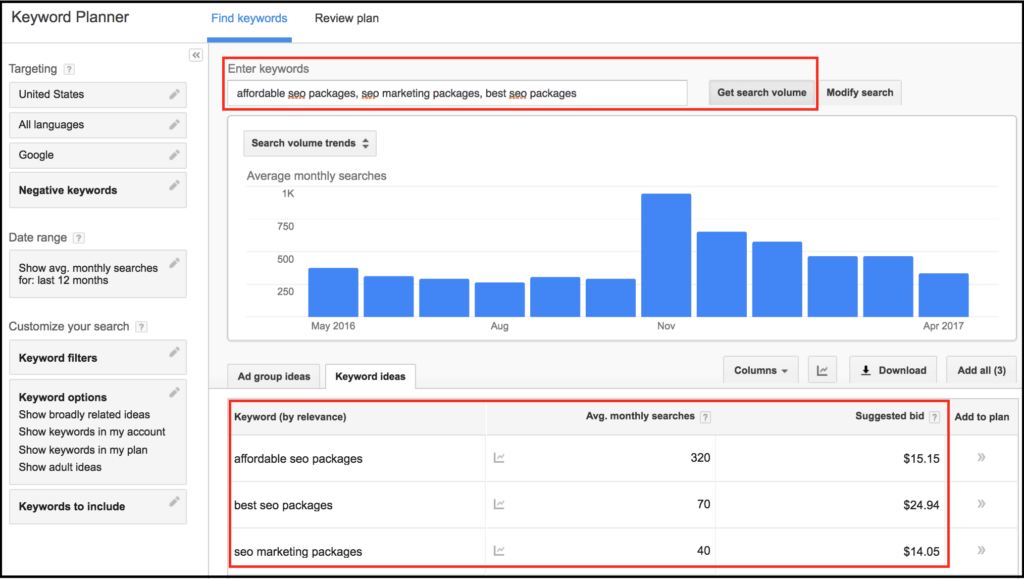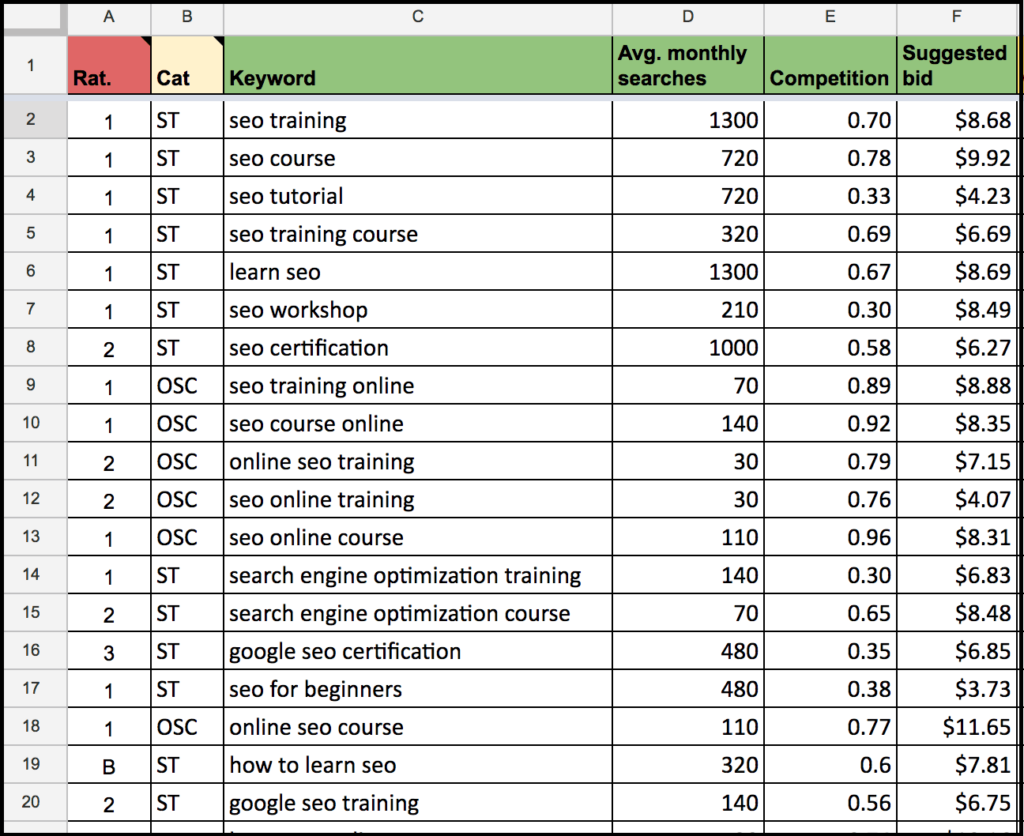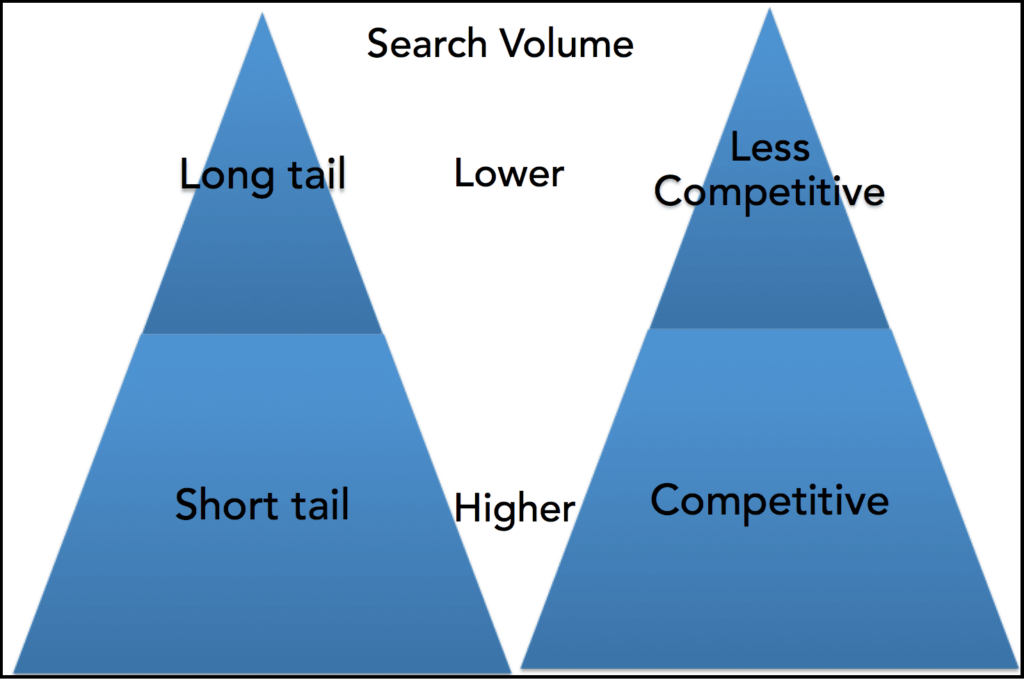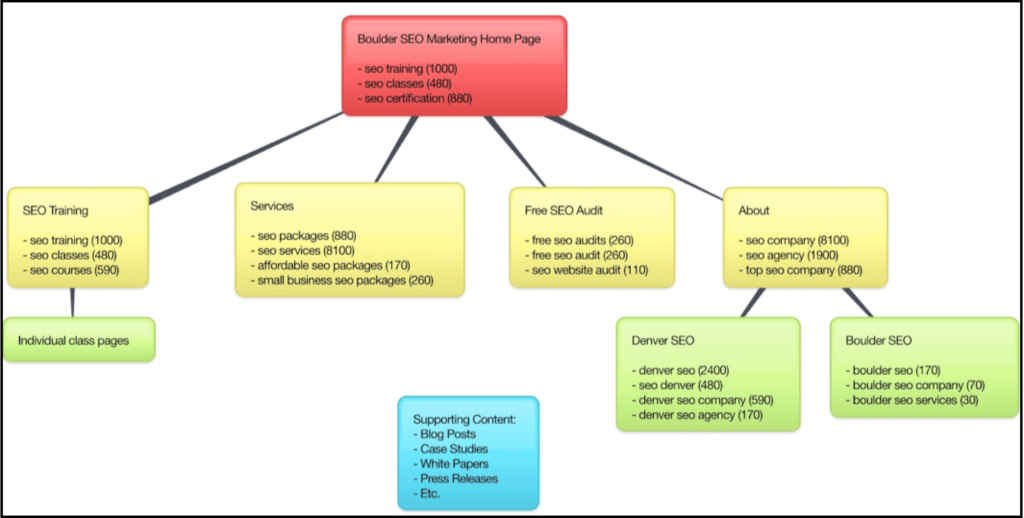As the owner of a digital marketing agency in Denver, I’m honored that we frequently get recognized as a top search engine optimization agency by companies such as DesignRush. As a result of this recognition, I frequently get invited to share my views, opinions, and knowledge at conferences and in interviews.
In a recent interview with Abdo Riani of StartupCircle, an online platform where 15,000+ entrepreneurs find relevant and educational industry insights and stories, I had the opportunity to discuss some search engine optimization (SEO) fundamentals that every company needs to implement. In the 30-minute interview, I tried to share as much useful information as possible, and I hope you’ll find the time to listen to the interview entitled SEO Fundamentals That Every Young or Big Company Needs to Implement at your convenience.
In this article, I’m outlining four of the most critical tasks that will get you started and hopefully help improve the visibility of your website in online search. Heads-up: In a bonus tip at the end of this article, I’m sharing my favorite low-hanging fruit optimization opportunity!
1. One of the Most Important SEO Tasks: Keyword Research
In our digital marketing workshops, I often get asked what the most essential SEO task is. While SEO has become quite complex (there are currently 250+ main ranking signals in Google’s algorithm), your entire strategy will be driven by the keywords and phrases that a potential customer types into a search engine.
The information in this section explains keyword research in pretty broad terms. For additional information and step-by-step instructions on how to perform this task, I invite you to read the keyword research guide that I wrote.
Keyword research is a tools driven process and there are many tools are available to help facilitate this process. One of the tools that I recommend you get familiar with is called Google Keyword Planner. Keyword Planner is part of the Google Ads tools suite and it will provide you data directly from the search giant. However, to gain full access to the tool, you’ll have to run an active Google Ads campaign. This means that you have to run a pay-per-click campaign and you’ll end up paying Google for when people click on your ads.
The screenshot below shows the Keyword Planner interface. As you can see, I wanted to find out how many people in the United States are searching for keywords affordable SEO packages, SEO marketing packages, and best SEO packages on a monthly basis. Since we offer SEO packages, I need to know how people are searching on Google for this type of service. Besides showing me the search volume (and other data) for the keywords that I’m interested in, Keyword Planner will also usually show me other closely related keywords that I may want to add to my list of target SEO keywords:

The goal of keyword research is to create a meaningful list of target SEO keywords so that you can optimize your website for these keywords. What you see below is data that I extracted from Google Keyword Planner. As already mentioned, this tool provides me with a wealth of information in relation to a specific keyword, including the monthly search volume, how competitive this keyword is in terms of people using it in their Google Ads campaigns, and what I would need to expect to pay per click if this keyword were part of my Google Ads campaign. Having access to this data allows me to make an informed decision whether or not I’d like to add a certain keyword to my list or target SEO keywords. Again, make sure to read my step-by-step guide for additional instructions.

Besides Google’s Keyword Planner tool, there are many third-party keyword research tools such as SEMRush, Twinword, KWFinder, etc. available on the market these days. I recommend you do some research before investing into a paid tool. When you start researching your target keywords, make sure to put yourself into the shoes of your potential customers. You simply have to know your audience and how they’re searching for what you have to offer, and then apply those keywords in your online marketing efforts.
A Quick Word About Short Tail vs. Long Tail Keywords
Today, people enter very specific inquiries in Google, especially when they’re on their smartphones because they want good results immediately. The more specific you are with the keywords you’re targeting, the more successful you’ll be at landing higher in search engine results. In this blog post, I’ll talk about different types of keywords, explain what being intentional with your keywords means and how keywords fit into a website optimization and content marketing strategy.
A short-tail keyword consists of one or two words strung together, and a long-tail keyword consists of three or more words strung together. Short-tail keywords are more about volume (meaning more search results) while long-tail keywords are used when people are very specific about their inquiries and will return fewer results. In general, it’s a good idea to look at a mix of both types of keywords to get people to your website so you can make conversions. If your business does something very unique, you may be successful with short-tail keywords. If your company does something that has a lot of competition or if you’re just starting out with SEO, long-tail keywords might be a good place to start.

When you think about long-tail keywords, you need to be intent with the words, meaning you completely understand that the person typing it into Google knows precisely what he or she is looking for. For example, one of my keywords is “SEO training Denver.” Now, this long-tail keyword will return fewer results than something like “SEO training,” but a person searching for this specific term knows what he or she wants. If that person clicks on my link and goes to my website, there’s a high chance that the person will sign up for one of my classes because it’s precisely what he or she wanted to see.
Regardless of the length of the keywords, you’ll be more successful the more specific you are with the words. For example, let’s say you’re hungry and you want to find something to eat in your area. If you type “restaurant Boulder,” you’ll get a ton of results, and you’ll probably be overwhelmed with the choices. Now let’s say you type “Chinese restaurant Boulder Colorado vegan options.” You’ll get fewer but more targeted results, and you should find what you’re looking for immediately. So as a business, you can flip this concept around to figure out what specific words you want to target in your SEO strategy.
There isn’t a right or a wrong way to do keyword research – it just takes time and patience to see what works for you. When we take on a new customer, one of the very first tasks is keyword research. We sit down and review most likely thousands of keywords one by one. We look at data, such as average monthly searches, competition and suggested bid, using Google’s Keyword Planner. It may take a couple of days to go through the thousands of keywords to look for those nuggets that have a high intent and to find a good mix of short-tail and long-tail keywords. Then we monitor that data on a regular basis to see what’s working and what’s not working. Keywords change over time so something that used to work well for you may not work now.
2. Apply On-page Website Optimization Best Practices
Once you figure out your keywords, I recommend tackling a task called “keyword mapping“. For our clients, we’ll map out the entire website to figure out how we can optimize each page for three closely related keywords. You can use mind mapping tools such as Bubbl or MindMeister for this process:

After the keyword mapping process, you can start optimizing each and every page on your website for the assigned target keywords. The on-page optimization process includes steps such as drafting search engine-friendly meta tags, making sure that the keywords are included throughout the content, adding relevant internal and/or external hyperlinks, etc. The better you optimize each page, the easier you’ll make it for Google to understand your website deserves to rank on page number one in Google and other search engines.
3. Content Marketing Strategy Development
 Love it or hate it, but there’s no SEO without content. It’s an essential strategy to position yourself and your company as the go-to resource in your space. Basic on-page SEO best practices will only get you so far. You need to develop a content marketing strategy and update your website on a regular basis with high-quality content such as blog posts and articles that are relevant to your target audience.
Love it or hate it, but there’s no SEO without content. It’s an essential strategy to position yourself and your company as the go-to resource in your space. Basic on-page SEO best practices will only get you so far. You need to develop a content marketing strategy and update your website on a regular basis with high-quality content such as blog posts and articles that are relevant to your target audience.
4. Make Social Media Marketing Part of Your Content Marketing Strategy
Also, don’t forget to make social media marketing part of your content marketing strategy. For example, once you publish a new blog post, you should use your social media channels to announce and promote the newly developed piece of content. By including your target SEO keywords in your social media messages, you may even get extra credit from Google.
Conclusion and Bonus Tip
Make sure to review and potentially revise your target keywords on a regular basis, and that includes evaluating your website content to see what’s ranking well and what’s not. Keep in mind that SEO is an ongoing process. Google updates and tweaks its algorithm on average 2-3 times per day; even a smaller update could have a significant impact on your website.
Bonus tip: Some pieces of content that you developed years ago may no longer be accurate or relevant to your target audience. Audit your content on a regular basis and don’t be afraid to update and repost existing blog posts or articles with a new date, title, etc. You may be surprised how well an old blog post will rank once updated and made relevant again. We do this for our clients, and it works amazingly well. Ahrefs recently published a great article on this topic.
If you have any questions or need help with your digital marketing, please don’t hesitate to reach out.
